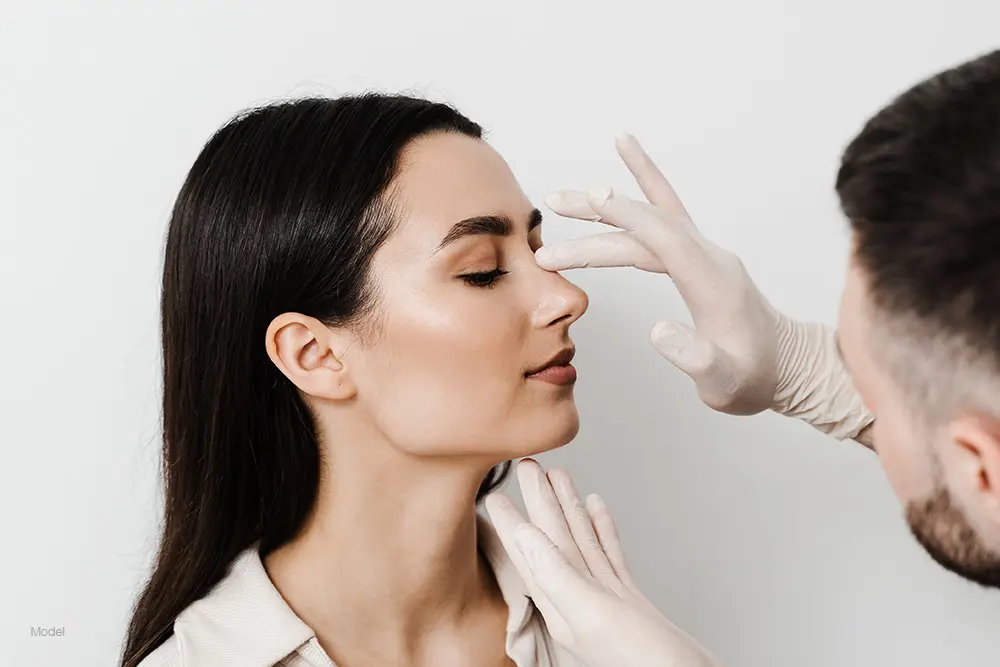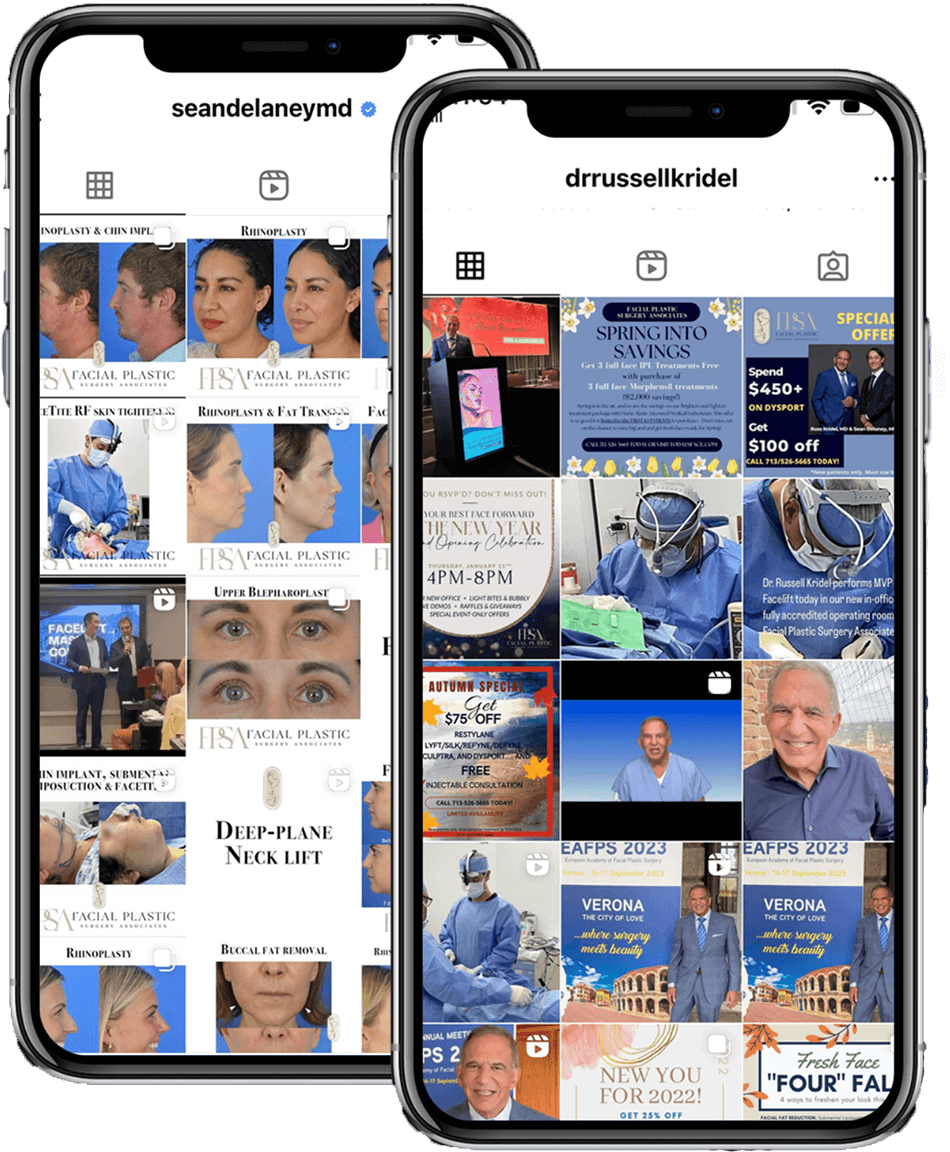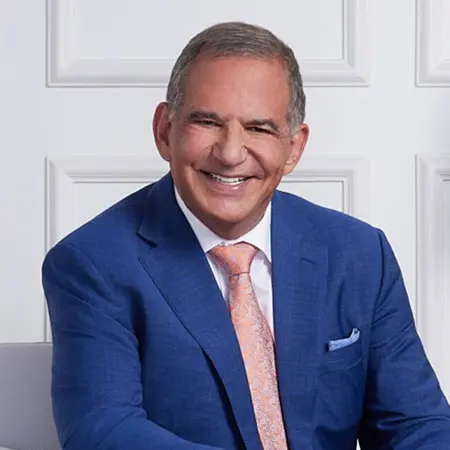August 08, 2025 | Septal Perforations., Septoplasty
9 minute read

While septoplasty is a procedure designed to improve the structure of the nasal septum, there are instances where a hole in the septum, a condition known as septal perforation, may develop after surgery. Fortunately, this complication is relatively rare and is typically the result of specific circumstances that occur during or after the procedure.
At Facial Plastic Surgery Associates, we specialize in complex plastic and reconstructive surgeries of the face. Our own Dr. Russell Kridel is a septal perforation expert with a 98 percent closure rate over 25 years and 99% over the past 7 years. Let’s explore some reasons why a septal perforation might form and what you can do if you find a hole in your septum after surgery.
Table of Contents
- What Is Septoplasty?
- What Is Septal Perforation?
- How Does a Septal Perforation Develop After Septoplasty?
- What to Do if You Find a Hole in the Septum After Septoplasty
- Preventing Septal Perforations After Septoplasty
- Can Septal Perforation Heal on Its Own?
- Why Choose Facial Plastic Surgery Associates for Septal Perforation Repair?
- Learn More About Septal Perforation Repair in Houston, TX
What Is Septoplasty?
Septoplasty is a type of nasal surgery designed to correct a deviated septum. By straightening the septum, this surgery can improve breathing and address other symptoms, including obstruction, congestion, and snoring.
What Is Septal Perforation?
A septal perforation, also called a perforated septum, is a hole in the nasal septum—the bone and cartilage divider between your left and right nostrils.
The nose works to warm and humidify air entering the lungs, enabling comfortable breathing. A septal perforation disrupts the smooth, natural airflow. This can cause excessive drying, infection, and even enlargement of the perforation. In the most extreme cases, an untreated septal perforation can destabilize the nose and lead to nasal collapse.
How Does a Septal Perforation Develop After Septoplasty?
There are several common causes of septal perforation, particularly when the nose and nasal structures are in a vulnerable state during the healing process.
- Overcorrection or Miscorrection: Septoplasty involves straightening or repositioning the septum to allow for improved airflow. During surgery, the surgeon removes or reshapes tissue to straighten the septum. If too much tissue or cartilage is removed, the remaining septal tissue can weaken and increase the risk of perforation. Surgeons aim to remove only as much tissue as necessary to restore function. However, in some cases, overcorrection or miscorrection can still occur, especially if the septum is very crooked or damaged.
- Infection: Infection is a known complication after any surgical procedure, including septoplasty. An untreated infection can damage nasal tissues and, in some cases, result in a hole forming in the septum. This is why it’s crucial to adhere to the prescribed post-surgery care, such as taking antibiotics, using nasal sprays, and keeping the nasal passages clean.
- Trauma to the Area: Physical trauma can lead to a perforation in the septum. This could be from an injury, aggressive nose blowing, or even repeated touching of the nose. During the recovery period after septoplasty, the nasal tissues are still delicate, and any trauma can disrupt the healing process, causing damage to the septum and potentially creating a hole.
- Chronic Nasal Dryness: Nasal dryness can lead to irritation and crusting inside the nose. Over time, this can weaken the septum, making it more prone to developing a perforation. Some nasal sprays, especially steroid-based ones, can exacerbate this dryness, further increasing the risk. Ensuring your nasal passages remain moist is essential for proper healing.
- Preexisting Conditions: Certain medical conditions, such as autoimmune diseases or long-term substance use (like cocaine), can make individuals more susceptible to septal perforations. These conditions can affect how well the nasal tissues heal and maintain their integrity, making a perforation more likely.
- Drug Use Following Septoplasty: Drug use and nasal perforation often go hand in hand. Snorting cocaine, meth, ketamine, or other drugs commonly results in the erosion of tissue between the nostrils and, consequently, the development of a hole in the bony cartilage or septum. Long-term and significant smoking of cigarettes or marijuana can also cause septal perforation. People who use any of these drugs are particularly susceptible to perforation following septoplasty surgery because the septum is in a healing state and is more vulnerable.
What to Do if You Find a Hole in the Septum After Septoplasty
If you suspect or discover that a hole has formed in your septum after septoplasty, it’s important to take immediate action to prevent further complications. Here’s what you should do next:
- Consult Your Surgeon: The first step to take when you notice a hole in your septum is to contact the surgeon who performed your septoplasty surgery. They can evaluate the extent of the perforation and determine the best course of action. They should conduct a nasal endoscopy to closely examine the area and confirm the presence of the perforation. Your surgeon will guide you on treatment options based on the size, location, and symptoms associated with the hole or refer you to a specialist in perforation repair.
- Manage Symptoms: If the septal perforation is very small and not causing significant symptoms, it may be managed conservatively with a few adjustments to your care routine. Your surgeon may recommend saline sprays or a humidifier to keep the nasal passages moist and prevent crusting.
Some surgeons may recommend a septal button. Septal perforation repair expert, Russell Kridel, MD, in Houston, Texas, advises against the use of septal buttons because patients rarely tolerate the button in the nose over time, and it can cause the hole to get larger. If you’re experiencing discomfort, dry nasal passages, or a whistling sound when breathing, your surgeon will likely recommend surgical intervention. - Avoid Further Trauma: Prevent further damage by avoiding any actions that could irritate or traumatize the area, such as blowing your nose forcefully, picking your nose, or inserting objects into the nose. Gentle nasal hygiene and avoiding harsh treatments will be essential for the healing process.
- Consider Surgical Repair: In cases where the perforation is causing significant problems and/or is of a considerable size, surgical repair may be needed and would be the optimal solution.
Surgical repair of a perforation is extremely complicated. Very few surgeons in the United States perform this surgery with a high success rate for closure, and even fewer perform the surgery for large perforations. It is imperative to identify a triple board-certified facial plastic surgeon like Dr. Kridel who specializes in septal perforation repair with a significant track record of success.
Preventing Septal Perforations After Septoplasty
While the risk of developing a septal perforation after septoplasty is low, it’s important to take proactive steps to ensure the healing process goes smoothly. Here are some key recommendations to minimize the risk of perforation:
- Follow Post-Operative Care Instructions: Adhere strictly to your surgeon’s aftercare plan, including using saline solutions and prescribed medications to help keep the nasal passages moist and prevent infection.
- Avoid Physical Trauma: Be cautious during the healing period to avoid any trauma to the nose. This means refraining from nose picking, blowing your nose too forcefully, or engaging in contact sports that may cause injury to the nose.
- Humidify Your Environment: Dry air can worsen nasal dryness, leading to crusting and irritation that may increase the risk of a septal perforation. Using a humidifier in your home, especially in your bedroom, can help keep your nasal passages moist and promote healing.
- Monitor for Symptoms: Keep an eye out for any signs of complications, such as increased nasal bleeding, difficulty breathing, or a whistling sound when breathing through your nose. If these symptoms persist, consult your doctor for further evaluation.
Can Septal Perforation Heal on Its Own?
In most cases, a septal perforation will not heal on its own. Scientific literature supports surgical intervention after the condition appears to stabilize, but healing without surgery is rare.
A very small perforation, or one located in the anterior septum (near the tip of the nose), may have a chance at spontaneous healing. In any case, it’s a good idea to consult with a board-certified facial plastic surgeon to assess the perforation and determine a suitable treatment.
Why Choose Facial Plastic Surgery Associates for Septal Perforation Repair?
While a hole in the septum (septal perforation) following septoplasty is a rare complication, it can occur due to over-correction, infection, trauma, chronic dryness, pre-existing health conditions, or post-septoplasty drug use.
If you do develop a perforation, it’s important to act quickly and consult with your septoplasty surgeon to assess the situation and discuss treatment options. Surgery to close the perforation is commonly recommended, particularly if the hole is significant in size and/or you have bothersome symptoms that disrupt your life.
However, it is important to note that very few nasal surgery specialists perform the extremely complex septal perforation repair surgery. With mid-size to large holes, there are even fewer surgeons in the United States with excellent closure rates.
Triple board-certified facial plastic surgeon, Dr. Russell Kridel in Houston, Texas, is internationally recognized as “the” septal perforation repair expert with a closure rate for all sizes of perforations greater than 98 percent.
To learn more about septal perforation repair, schedule a consultation with Facial Plastic Surgery Associates today.
Learn More About Septal Perforation Repair in Houston, TX
If you’re struggling with septal perforation or suspect you may have a perforated septum, please consult with a facial plastic surgeon as soon as possible. Dr. Russell Kridel is a triple board-certified facial plastic surgeon and an expert in septal perforation repair. Dr. Kridel is recognized internationally as a leading expert in septal perforation repair. He has published extensively in scientific medical journals and textbooks and the featured speaker at medical conferences all around the world on the subject of septal perforation repair. To schedule a consultation, call Facial Plastic Surgery Associates at (713) 526-5665 or complete our online request form.




